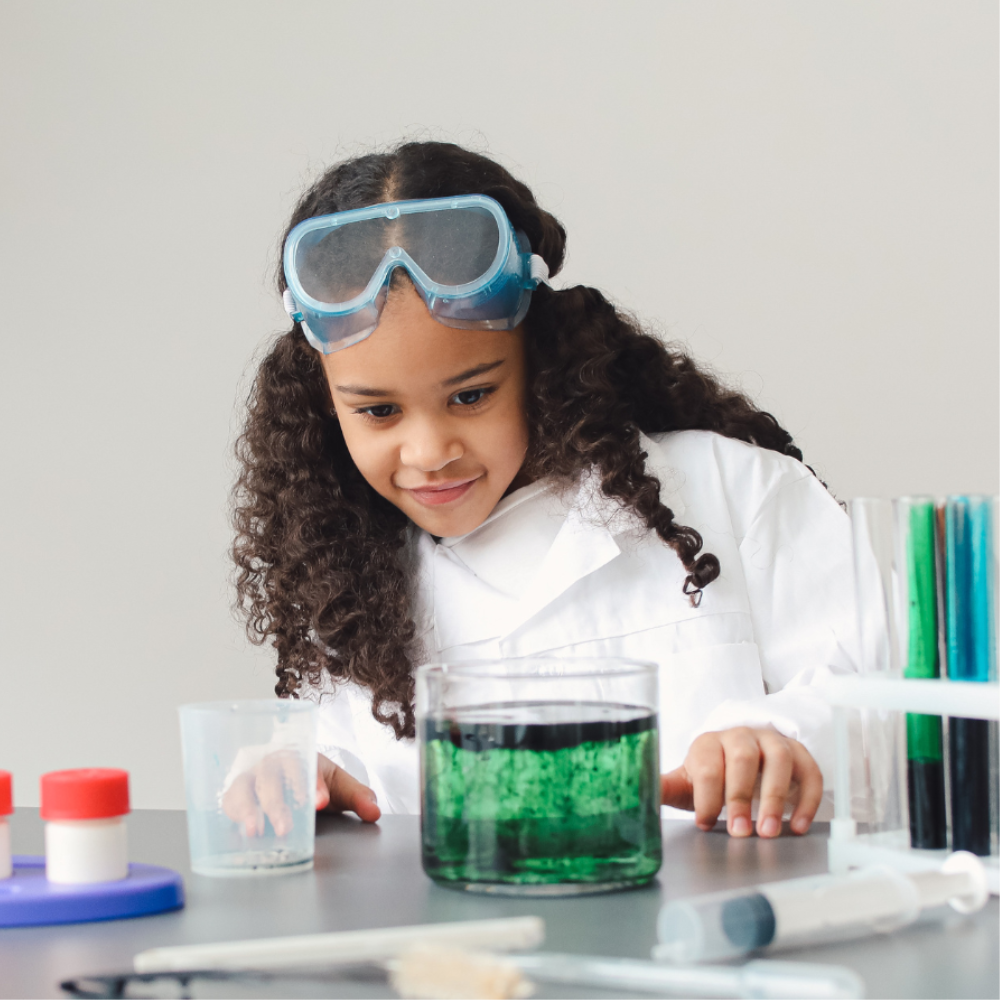Who says art and science can't go together?
Most people think of art and science as entirely separate entities - one is driven primarily by creativity, while the other relies on facts and data.
But what if those seemingly different disciplines actually had shared potential for synergy?
It's time to challenge this age-old notion and explore the profound connections between the two fields.
Art and science are the perfect match, a yin and yang kind of thing.
The creative aspects of both fields shape our world and offer endless opportunities for exploration and discovery.
By exploring the intersections between science, arts, and crafts, you unlock a powerful tool for creating truly influential connections.
In this blog post, we'll look at how these two fields can collaborate to achieve glorious symbiosis!
From understanding how sensory input informs creative output to demystifying the psychology behind innovation - it's time to get connected with your inner artist/scientist hybrid and explore the wonders of synergistic creativity!
Let's take a closer look at the intersection between art and science and how you can leverage this relationship to create meaningful work.
Get ready to have your mind blown!
If you think art and science are as different as chalk and cheese, hold onto your paintbrushes and lab goggles!
You’re about to discover they're more like two sides of the same creative coin.

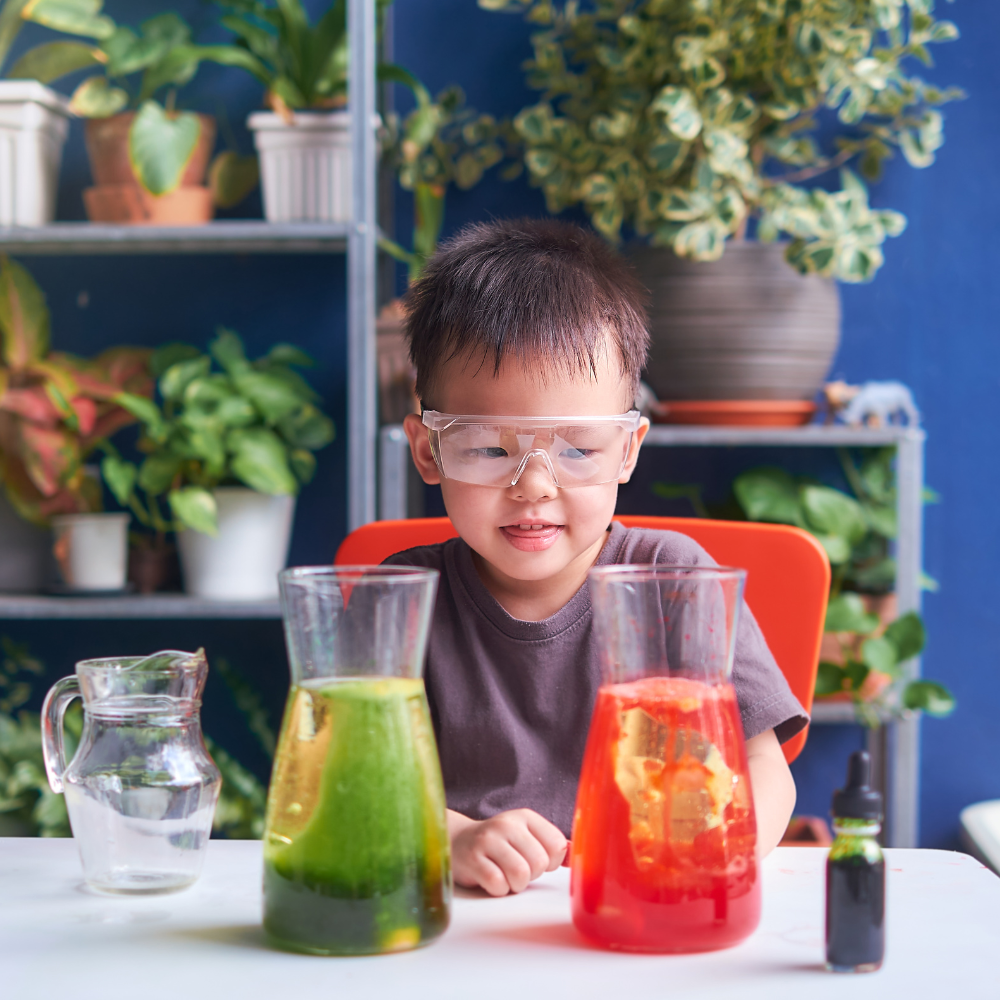

The Curious Parallels
The arts and sciences might seem worlds apart.
One conjures images of colorful palettes and abstract thoughts, while the other evokes visions of white lab coats and precise measurements.
But scratch beneath the surface, and you'll find a shared spirit of curiosity, exploration, and innovation.
The artist uses their imagination and artistic skills to create something new, while the scientist uses their knowledge and expertise to uncover hidden truths.
Both artists and scientists start with a blank canvas, whether it's a literal one or a hypothesis.
They experiment, observe, change variables, and refine their work based on the results.
It's a process of iteration and exploration that leads to the creation of something new and meaningful.
Both are driven by a passion for discovery and a desire to make an impact on the world.
The act of creating art is often driven by emotion, whereas science relies heavily on facts and logic.
But they are both rooted in the same desire to explore new ideas and push boundaries.
By connecting these two disciplines, you can create something truly powerful.

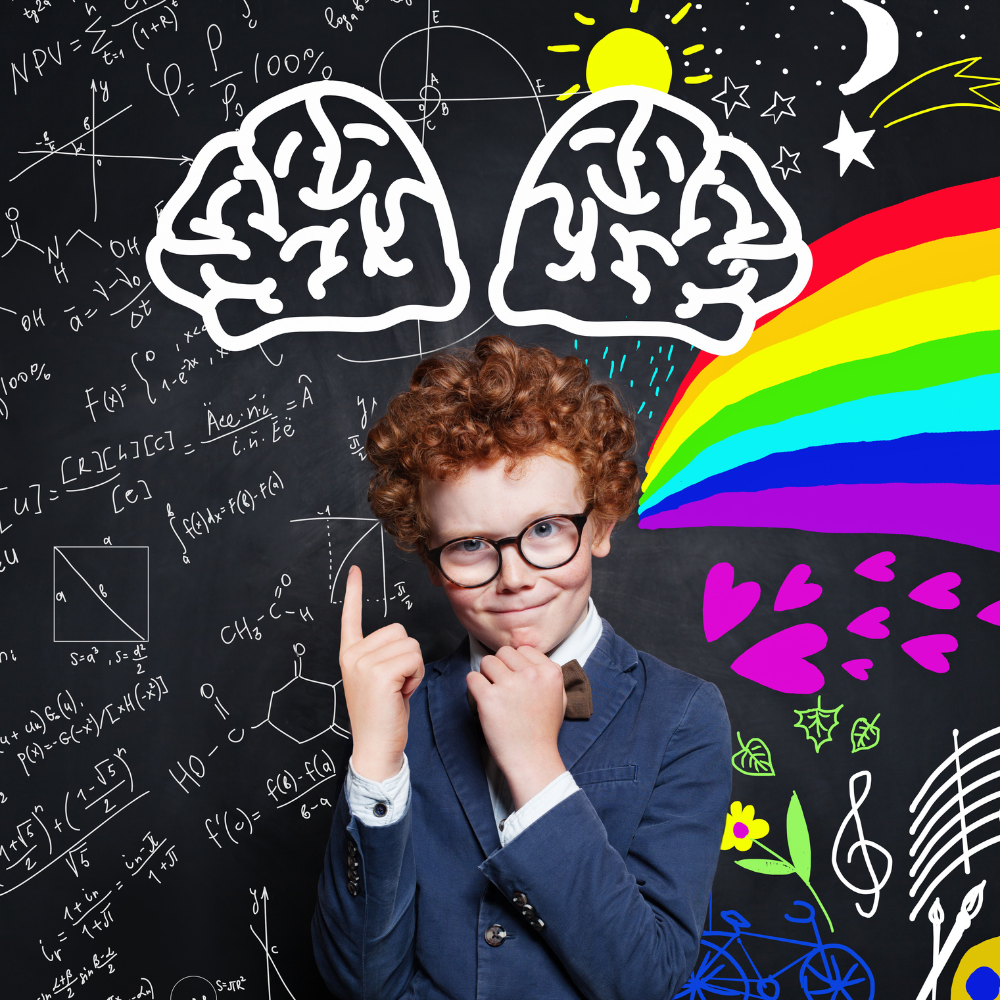

Art Meets Science: A Symbiotic Relationship
Art and science may seem like two completely different fields, but they are closely linked.
For example, the composition of colors and textures in an oil painting is based on the principles of light and optics.
Makeup and hairstyling are architectural feats based on mathematical formulas of symmetry and proportion.
There is an inherent beauty in the structure of atoms, molecules, and cells that create patterns that inspire art.
Artists can channel their creativity into exploring new scientific fields, and scientists can use their imagination to innovate new artistic creations.
Art has always had a knack for making complex scientific concepts accessible and engaging.
Take, for example, the intricate biological illustrations in your high school textbook.
They're not just there to look pretty—they help you visualize and understand complex biological structures.
In the same way, science can be used to add a whole new level of depth and meaning to artistic works.
Science has often influenced art and revolutionized the art world in ways that were once thought impossible.
Early Renaissance artists used mathematical principles to create realistic, proportionate, and perspective drawings.
Today, digital artists use algorithms and AI to create stunning visuals; digital art software has changed the way we create and manipulate images.
Modern artists are now able to use technology to push boundaries in ways that weren't possible before.
They can create intricate scientific simulations in 3D, use data to create music pieces, and use artificial intelligence to generate abstract visuals.
Think about computer graphics used in movies or 3D printing that creates sculptures in a matter of hours.
All of these technological advancements rely on science and have opened up new avenues of creativity for artists.
From interactive art installations to virtual reality experiments, scientists and artists have joined forces to create mesmerizing creations that blur the lines between the two fields.
Modern art is heavily influenced by science and technology, with artists incorporating scientific principles into their work.
Performance art has also emerged as an art form that draws inspiration from scientific experimentation.
Science gives artists more tools to play with, more room for experimentation, and more ways to express themselves in exciting and unconventional ways.
The possibilities are endless when you combine the creative elements of both fields.
By exploring the connections between art and science, you unlock a powerful tool for creating work that is both beautiful and meaningful.
From understanding how sensory input informs creative output to demystifying the psychology behind innovation, you can create something truly groundbreaking.
So, don’t be afraid to bridge these two seemingly different fields together and explore the possibility of powerful synergy!
By combining art and science, you can create something truly unique—something that speaks to both the head and the heart.
The world needs more of this kind of work, so get connected with your inner artist/scientist hybrid and discover the wonders of synergistic creativity!
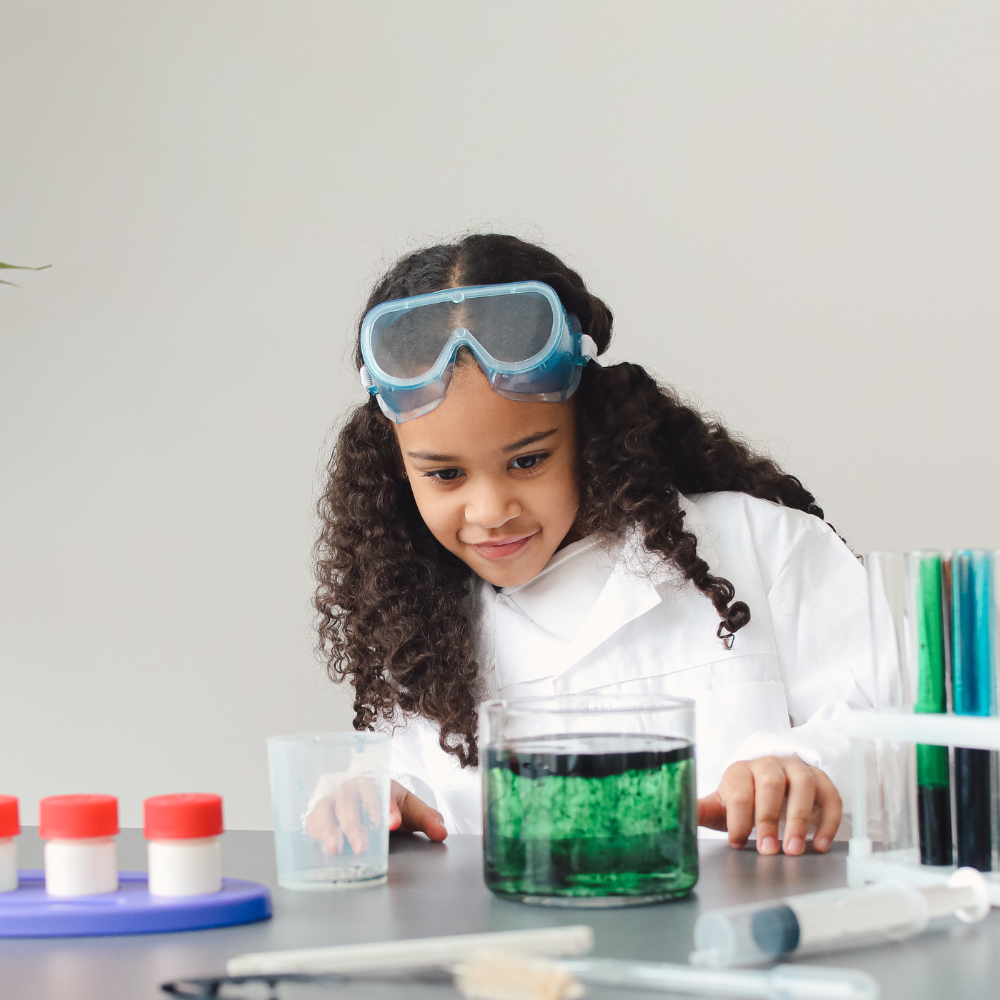
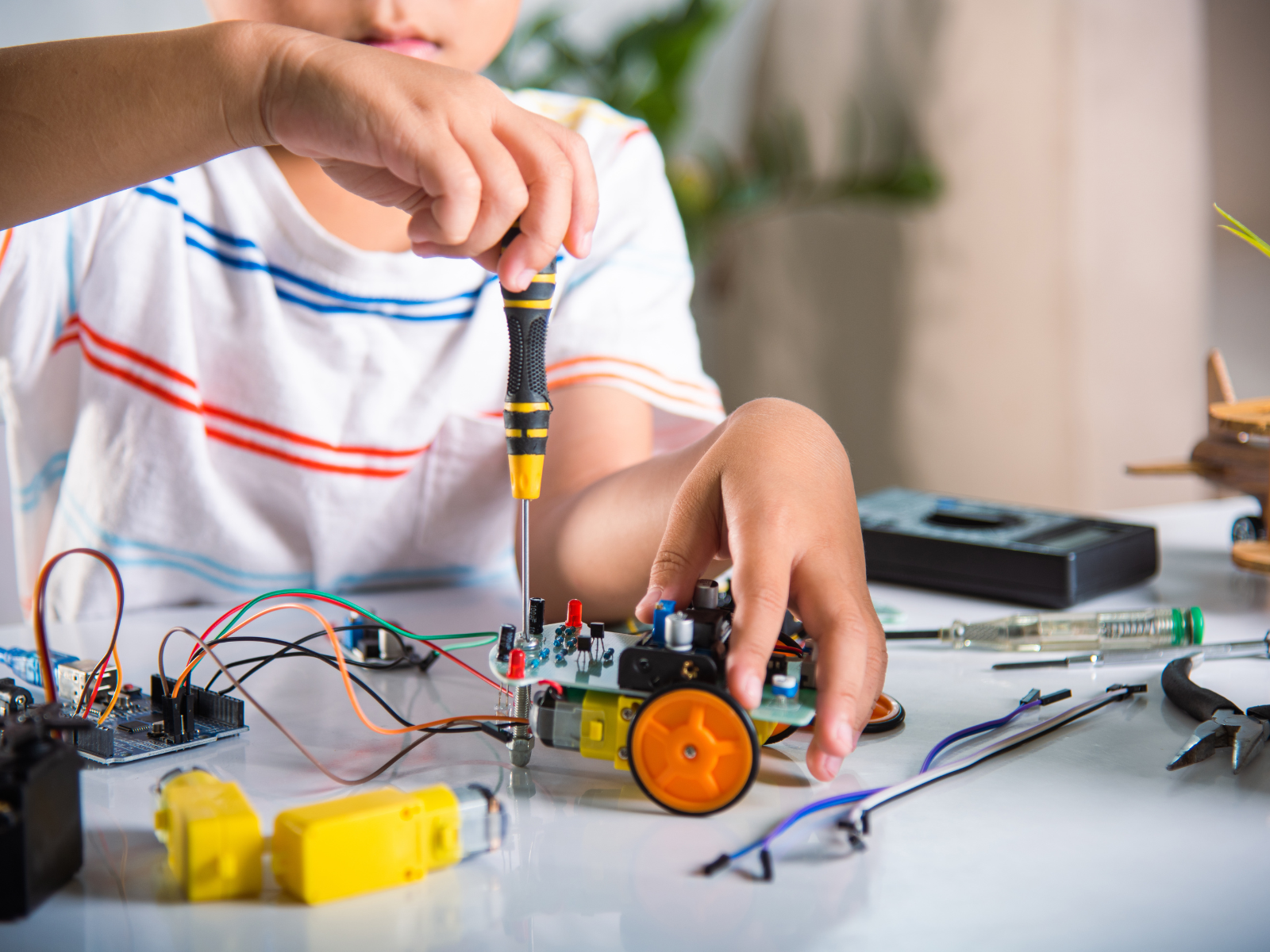
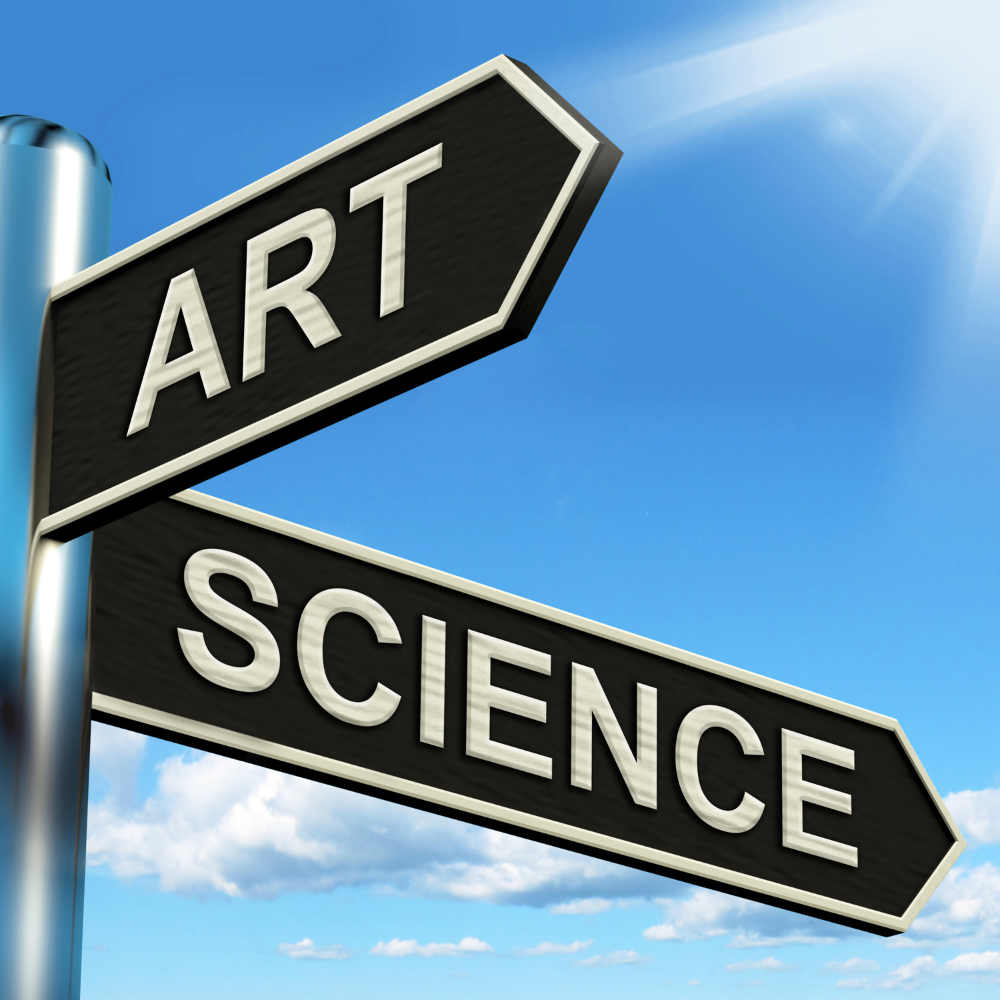
Light and Color
One of the most fascinating connections between art and science lies in how they interact with light and color.
Artists use light and color to evoke emotion and create atmosphere, while scientists use the same factors to analyze data and discover patterns.
The same color wheel used by artists to mix and match pigments also provides valuable insights for scientists, who use color to make sense of complex data.
The colors you see in a sunset are the same colors used to map out climate change patterns.
These connections between art and science demonstrate how the two fields can collaborate and build meaningful relationships.
By understanding light and color, you can make powerful connections between your own creative projects and scientific research.



Innovation at the Intersection
When art and science intersect, the results can be groundbreaking.
It's a chance to merge the creative elements of two seemingly different fields and create something that speaks to both the head and the heart.
From understanding how sensory input informs creative output to using technology to push boundaries, there is so much creative potential in this intersection.
One field that is benefiting from the intersection between art and science is medical illustration.
Medical illustrators use their artistic skills to create imaginative and detailed images that help explain a medical process or a condition.
By combining their knowledge of science and art, medical illustrators can translate complex ideas into easy to understand visuals for patients and healthcare practitioners.
It's a complex job but the results can be absolutely stunning.
Another example of art and science coming together is the growing field of bio-art, which uses living organisms and technology to create beautiful works of art.
Bio-artists use technology such as gene editing and artificial intelligence to explore the mysteries of life and create art that reflects our current understanding of the natural world.
With the use scientific methods and biological materials to create thought-provoking works that challenge our perceptions of life and identity.
By fusing art and science together, this kind of work is inspiring and thought-provoking in equal measure.
Meanwhile, digital artists leverage technology to push the boundaries of creativity.
Virtual reality, 3D printing, and computer graphics are being used by artists to explore new ways of creating art.
From interactive art installations to generative art that is self-generating, technology is the key to unlocking the potential of today's artists.
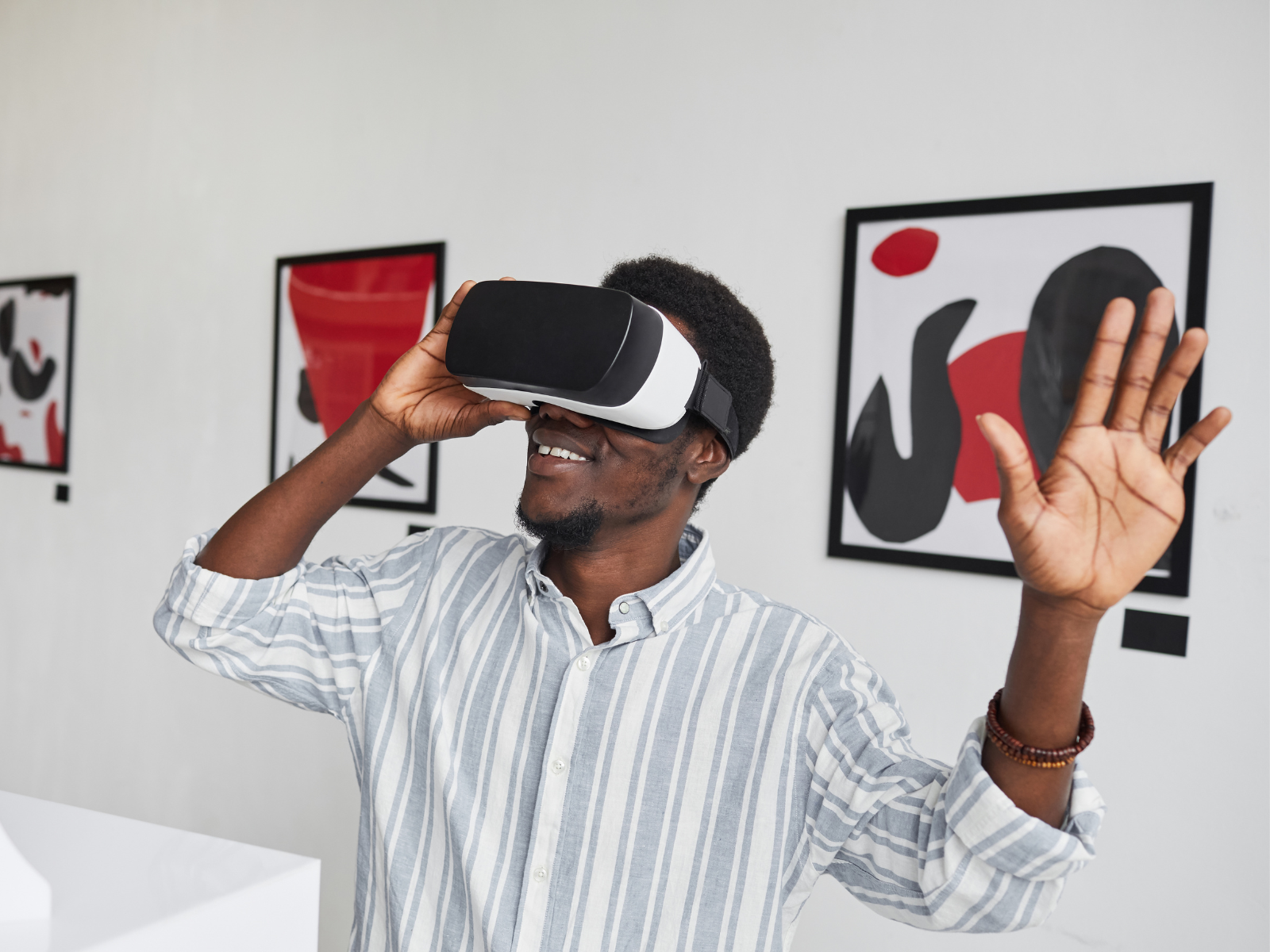


Connections Between Art and Science
Art and science have always been interconnected, they've historically complemented and developed alongside each other.
Today, they continue to provide powerful opportunities for synergy and collaboration.
By understanding how the two fields interact and complement each other, you can make powerful connections between your own creative projects and scientific research.
By exploring the intersections between art and science, you unlock a powerful tool for creating truly influential connections.
So, don't be afraid to bridge these two seemingly different disciplines together and explore the possibilities of powerful synergy!
Here are some ways in which art and science are linked:
- Shared Creative Process:
Both art and science involve a creative process of exploration and discovery.
Artists and scientists alike start with a blank canvas or a hypothesis, experiment with different ideas or variables, and then refine their approach based on the results.
By combining the creative elements of both fields, you can create something truly unique and powerful.
- Use of Technology:
In the modern era, artists often use scientific technologies in their work.
For example, many artists now use digital tools and software to create artwork.
This includes 3D printing, virtual reality, and even artificial intelligence.
Many digital artists use algorithms (a series of instructions or rules) to create their work, which involves a deep understanding of computer science and programming.
By leveraging technology, artists can explore new and innovative ways of creating art.
- Visualization of Science:
Art is often used to visualize scientific concepts and phenomena.
This can range from illustrations in a biology textbook to data visualizations in a research paper.
By making complex ideas more visually engaging, art can help make science more accessible to a wider audience.

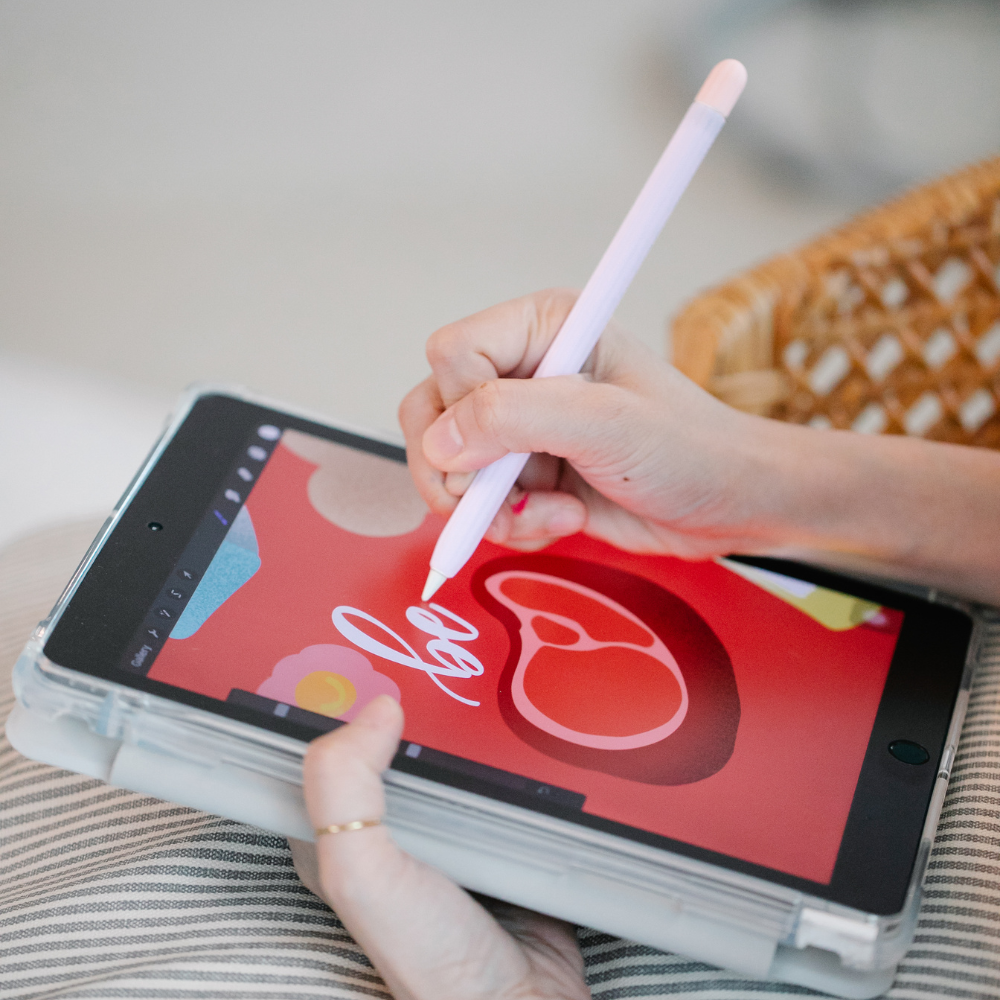
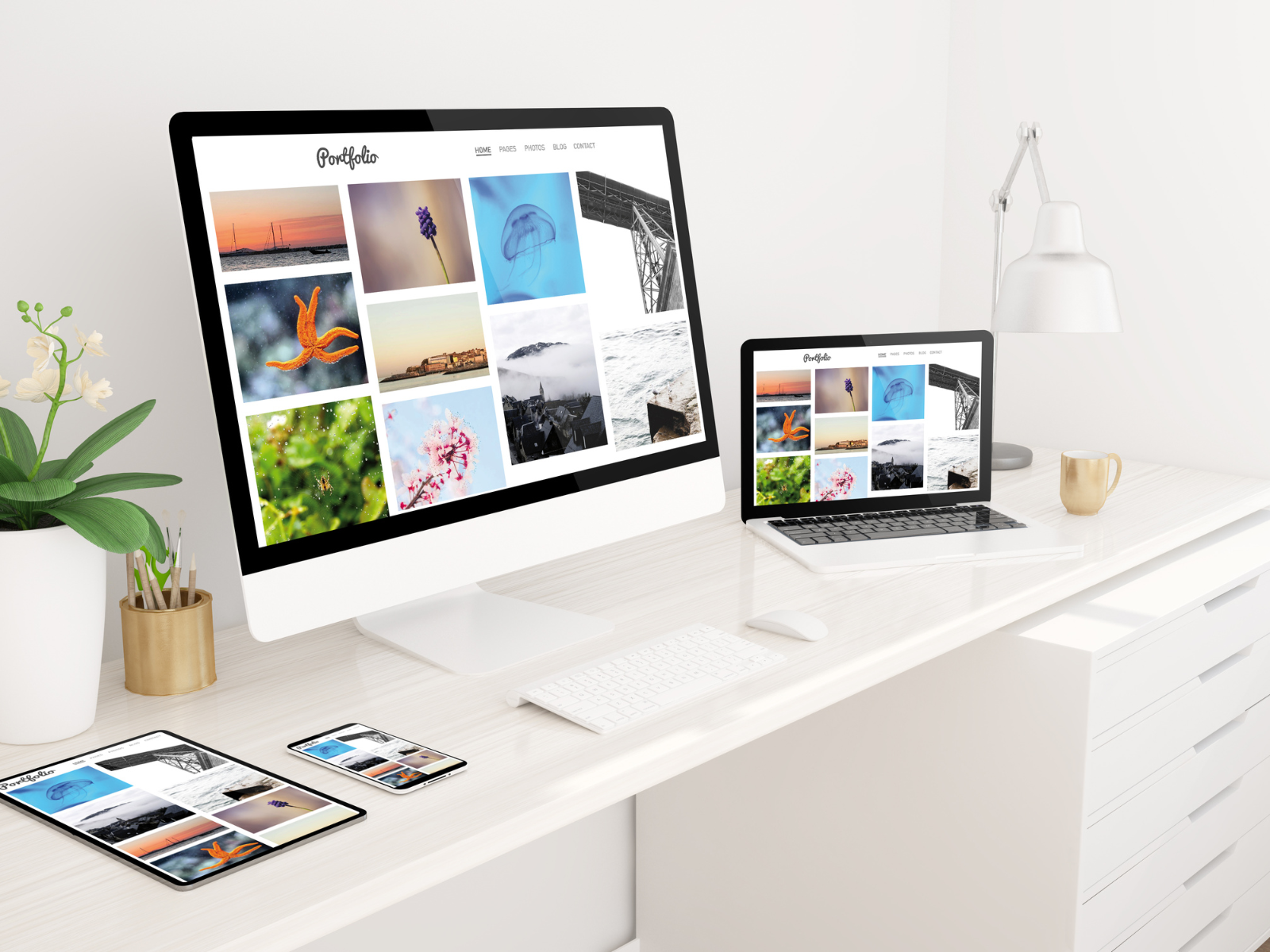
- Scientific Themes in Art:
Many artists incorporate scientific themes and ideas into their work.
This can include everything from abstract representations of quantum physics, to more literal depictions of environmental issues.
By exploring these themes, artists can create powerful works that are both meaningful and beautiful.
- Art Conservation Science:
The field of art conservation involves a lot of science.
Conservators use various scientific techniques to analyze artworks and determine the best methods for preserving them.
This can involve chemistry (to understand the materials used in the artwork), physics (to understand the effects of light and temperature on the artwork), and even biology (to prevent damage from mold and insects).
By understanding the science behind art conservation, conservators can help ensure that artwork is preserved for future generations.
- The Golden Ratio:
This mathematical concept, often denoted by the Greek letter Phi, has been used by artists for centuries to create aesthetically pleasing compositions.
It's found everywhere in nature, from the spirals of galaxies to the proportions of the human face.
By understanding and applying the golden ratio, artists can create works of art that are visually stunning.
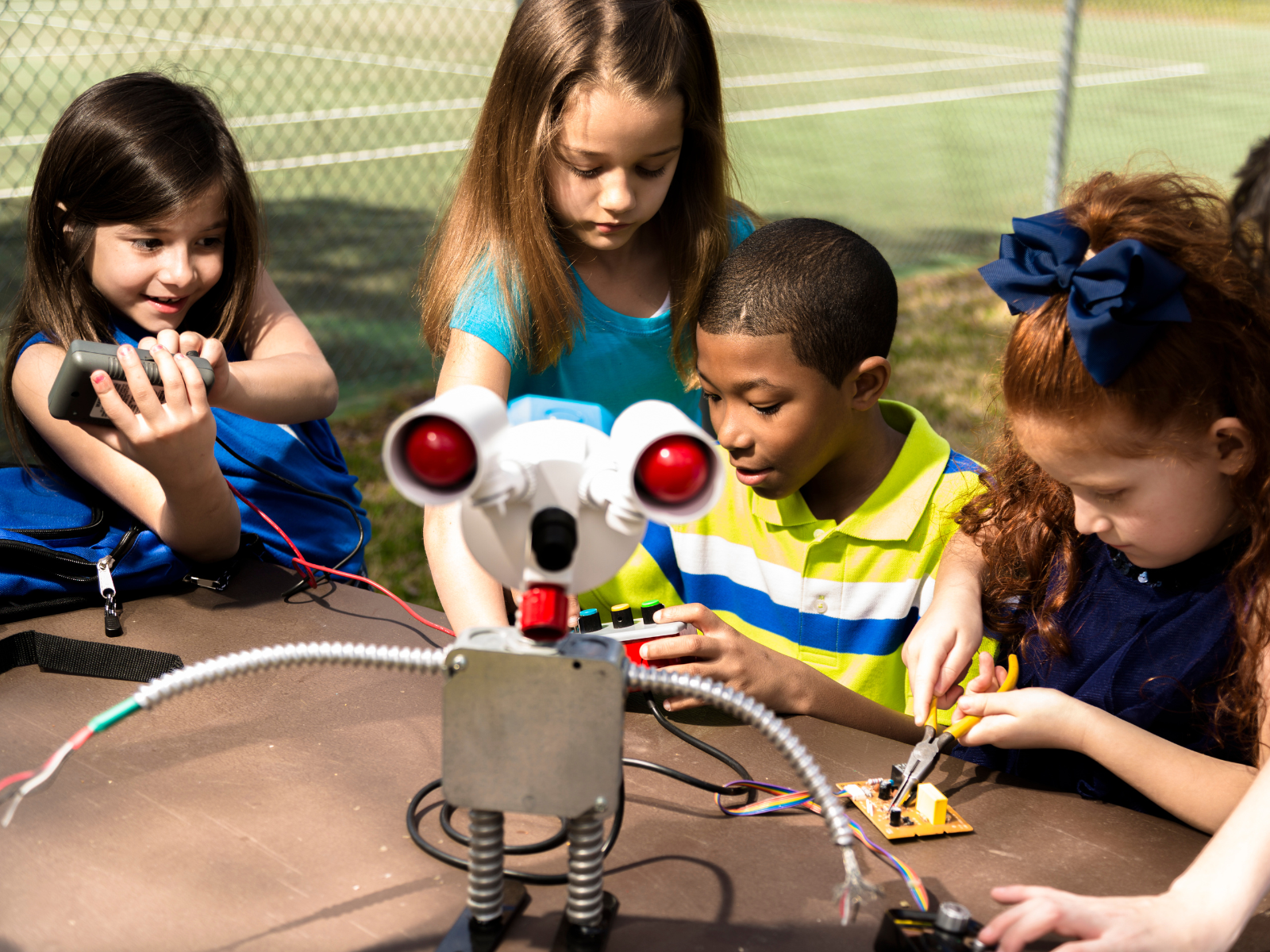
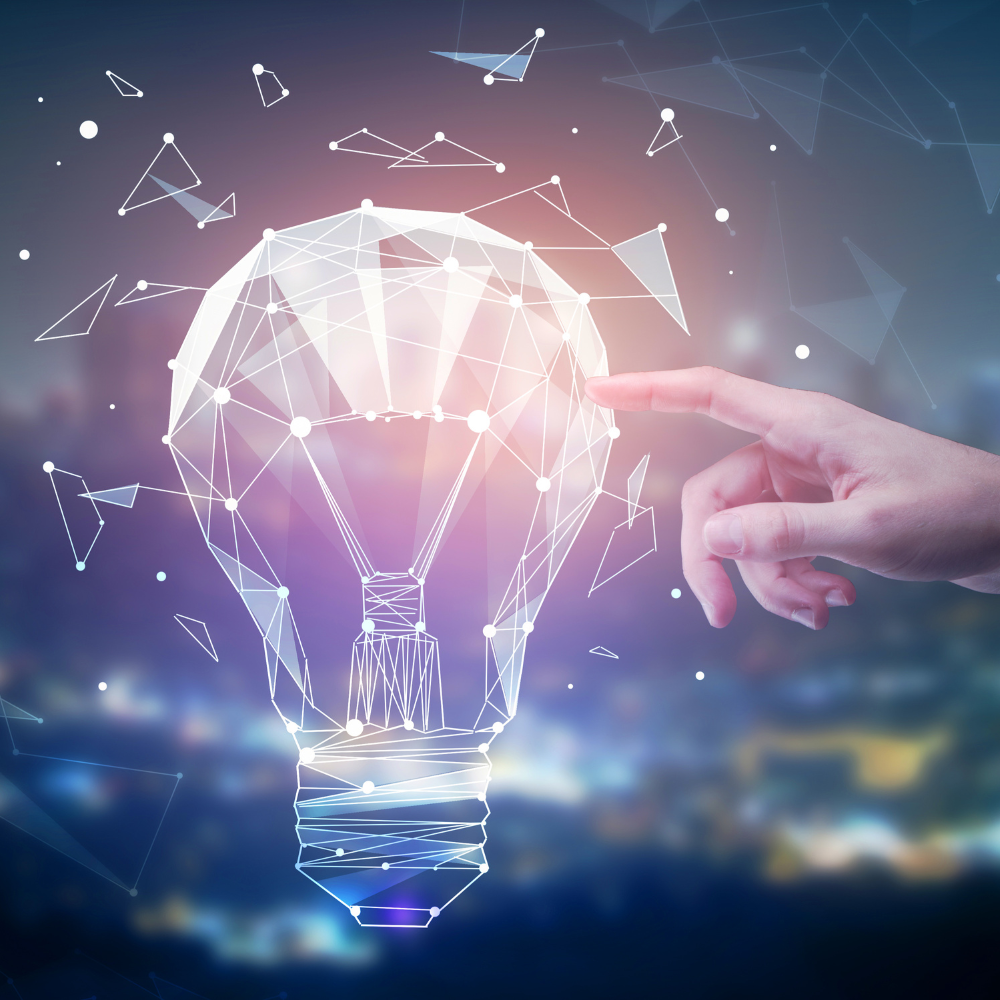

- Infographics:
These visual representations of information or data combine artistic design with scientific facts to convey complex ideas simply and quickly.
They are a perfect blend of art and science.
Infographics provide a way for people to understand complex topics in an easily digestible format.
- Scientific Illustration:
This is an important field where art meets science.
Artists with a deep understanding of biology create detailed and accurate representations of animals, plants, and cells that help scientists and the public better understand these subjects.
Scientific illustration is a powerful tool for communicating science in visually engaging ways.
- Astrophotography:
This is a specialized type of photography that involves capturing images of celestial events and objects.
It requires both artistic skills to capture beautiful images and scientific knowledge to understand the astronomical phenomena being photographed.
Through astrophotography, artists and scientists can collaborate to create stunning images of the night sky.



STEAM Education
STEAM stands for Science, Technology, Engineering, Arts and Mathematics.
It is a type of education that combines the creative elements of art and design with the analytical elements of science, technology, engineering, and mathematics.
This type of education encourages creativity while teaching students valuable skills such as problem-solving and collaboration, but it doesn't have to be only used in an arts and sciences building.
Classrooms and college campus programs all over the world are combining art and science to create meaningful learning experiences.
You can even bring STEAM projects home or find a facility located inside of children's museums that teach STEAM principles through interactive play; for instance, the Magic House Children's Museum in St. Louis has completed multiple areas dedicated to STEAM education.
Whether you live in the north, west, east, or south, there is a STEAM education center that you can explore.
From painting murals on laboratory walls to designing machines for a robotics competition, STEAM education promotes creative thinking and innovative problem solving.
It is a powerful way to bridge the arts, sciences, and technology, and it open up a world of possibilities for students.
STEAM education allows students to explore how art and science interact in the real world, and discover the powerful connections between the two.
This type of learning has become increasingly popular over the years, as it can provide a more holistic education than traditional academic subjects.
By combining art and science, it can help students think creatively and develop skills that will serve them well in the future; students have more opportunities to explore their curiosities in exciting ways.
In turn, these young innovators can have a positive impact on the world by creating solutions to real-world problems.
Art and science have always been intertwined, with each influencing and informing the other.
In today's world, the connection between art and science is stronger than ever before.
By exploring and understanding the connections between the two fields, we can discover new ways to solve problems and create powerful works of art.



The Future is Interdisciplinary
Art and science: two seemingly different fields that have more connections than we thought.
Both fields involve observation, interpretation, creativity, and a desire to understand and express the world around us.
The intersection between these fields has led to some truly breathtaking creations, from stunning sculptures to mind-bending performances.
The relationship between art and science is symbiotic, and both fields have much to gain from each other.
The intersection of art and science is a frontier of limitless potential.
As we move towards a more interdisciplinary future, the collaboration between these two fields promises to yield exciting innovations.
It encourages us to break down silos, foster creativity, and view problems from multiple perspectives.
Whether you're an artist with a fascination for quantum physics or a scientist with a flair for sketching, remember: your work isn't confined to a single box.
Embrace the intersection of art and science; experiment, innovate, and let your curiosity lead the way.
By working together, we can push the boundaries of creativity and innovation, opening up doors to new possibilities, inspiring each other, and changing the world for the better.
Ready to dive into this fascinating intersection?
Visit a local science museum or art exhibit, enroll in a STEAM (Science, Technology, Engineering, Art, Math) program, or simply start observing the world around you with a more interdisciplinary lens.
Who knows?
You might just make the next groundbreaking discovery at the intersection of art and science!
Let's embrace the connections between art and science and see where they take us!



Ready to learn more about the interconnected nature of art and science? Check out this Ted Talk!
Want even more content about creativity and art?
Be sure to check out all of our creative chronicles!
Interested in starting your next creative project?
Check out some of our other articles:
-Choosing the right art supplies
-Exploring different art mediums
-How to express your creative side




